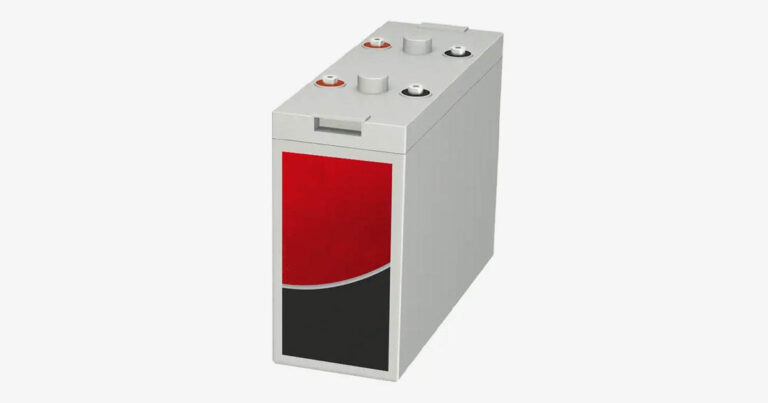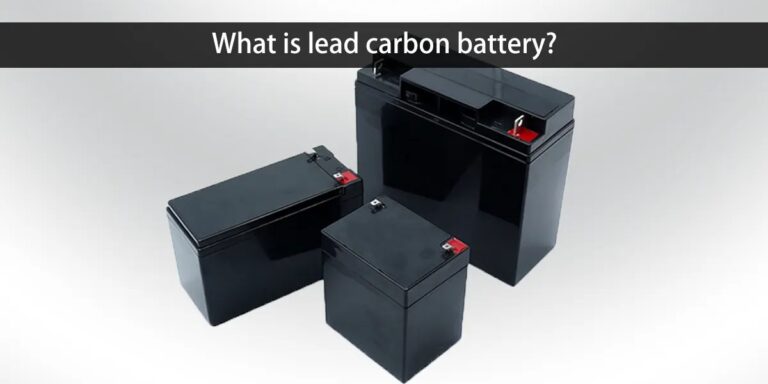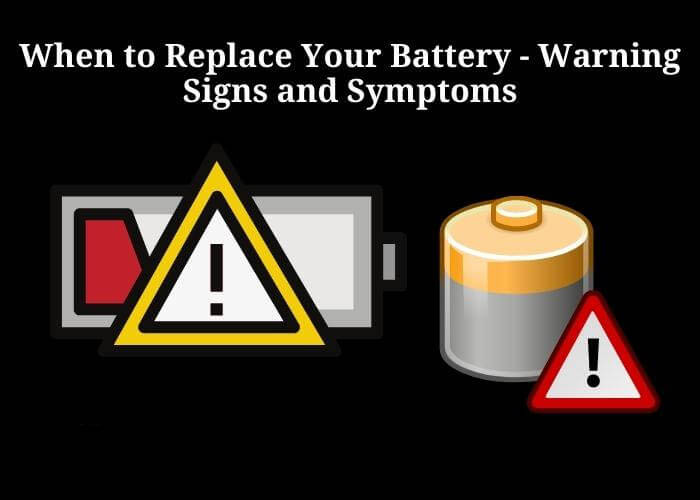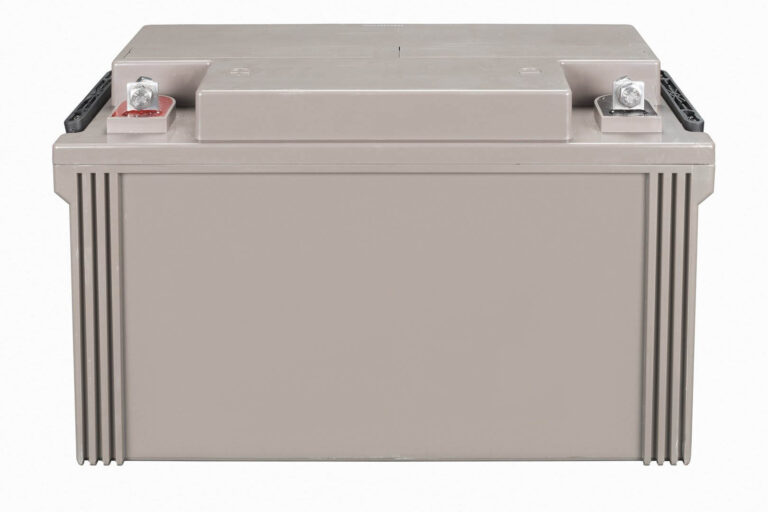
Introduction to Nickel-Cadmium (Ni-Cd) Batteries: Basics and Applications
Nickel-Cadmium (Ni-Cd) batteries are one of the oldest and most reliable types of rechargeable batteries.

Nickel-Cadmium (Ni-Cd) batteries are one of the oldest and most reliable types of rechargeable batteries.

While lead-acid batteries still dominate the market, lead-carbon is gaining traction in renewable energy, telecom, and

Extreme temperatures impact battery performance. How do lead-carbon and lead-acid compare? High-Temperature Performance Low-Temperature Performance

At first glance, lead-acid batteries seem more economical. But when considering total cost of ownership (TCO),

Many energy storage systems operate in partial-state-of-charge (PSOC) conditions, where batteries are rarely fully charged (e.g., solar

One of the biggest drawbacks of traditional lead-acid batteries is their poor performance under deep discharge

Lead-acid batteries have been the backbone of energy storage for over a century, powering everything

Even well-maintained gel batteries degrade. Look for these signs: Testing Methods: Key Takeaway: Proactive testing prevents

Gel batteries tolerate deep discharges better than flooded batteries, but frequent deep cycling still shortens lifespan.

Gel batteries perform best between 20°C–25°C (68°F–77°F). Extreme temperatures impact: Mitigation Strategies: Key Takeaway: Temperature management is